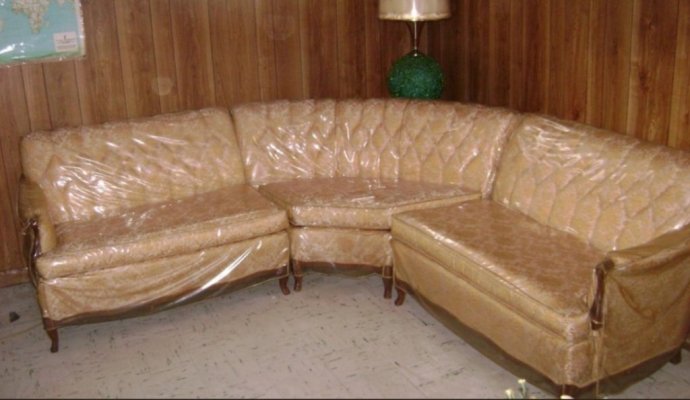I'm a visual guy, here's a graph to illustrate the load rating and pressure relationship, and the idea of load range E or other higher load tires as well. The OE design is to take the loaded max axle weights, determine the corresponding pressure, then apply factors to account for how low tires are expected to get, how much extra capacity, etc., which means that you get 3/4T trucks jittering around the road and feeling every piece of gravel. Dropping pressure based on ACTUAL tire load gets the ride back to the way tire designers intend them, since we rarely run loaded at the max weights.
You must be registered for see images attach





